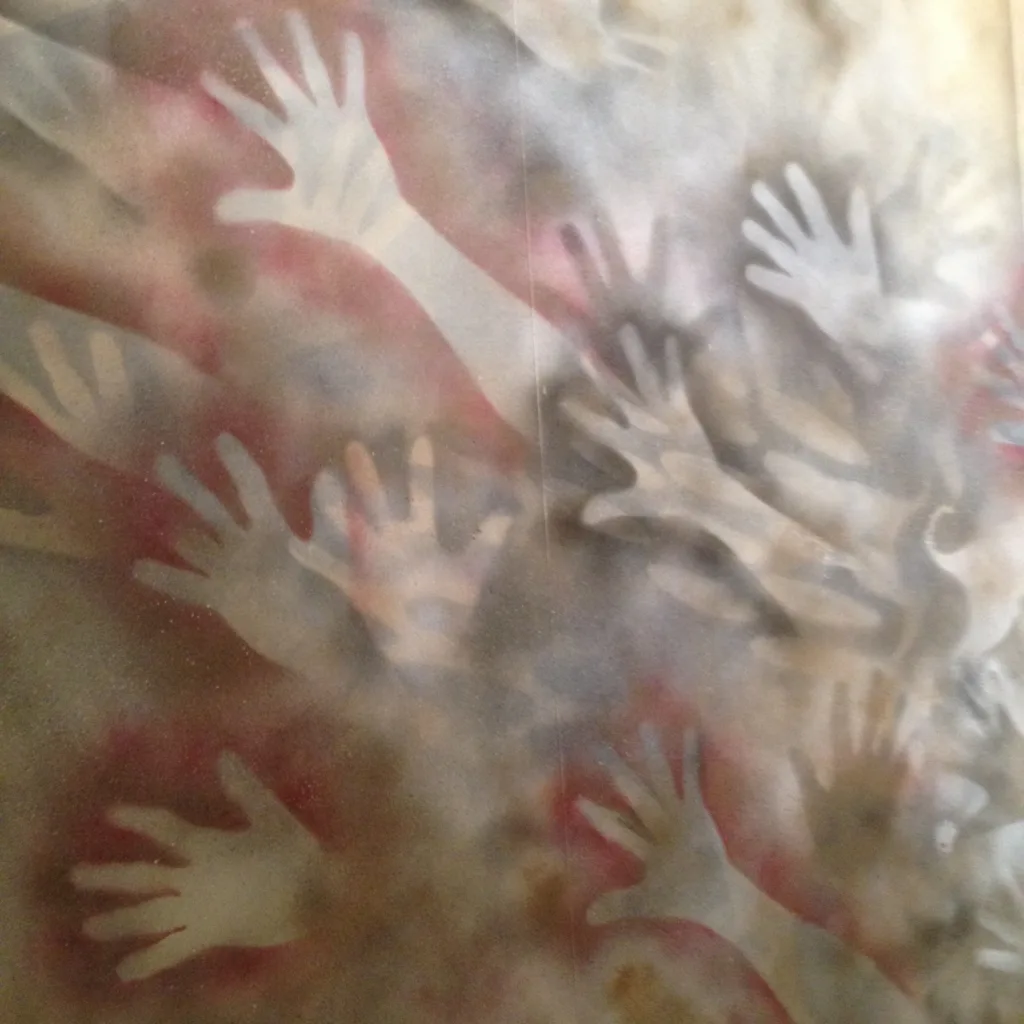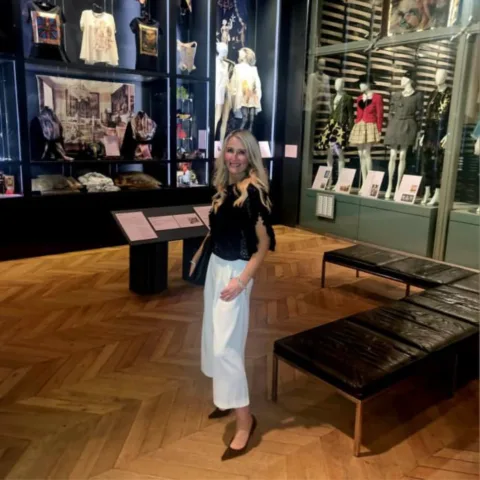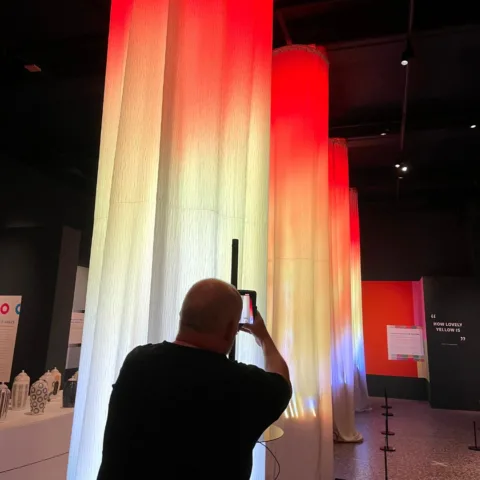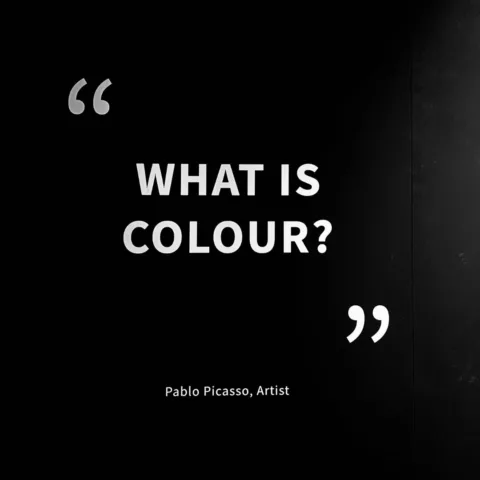The Bowes Museum Blog

Travel Back In Time: Discover What Life Was Like In The Stone, Bronze & Iron Ages

This summer the Museum is hosting an exciting Prehistoric People exhibition aimed at children and families. Visitors are able to travel back in time to discover what life was like in the Stone, Bronze and Iron Ages!
Putting the exhibition together has been really interesting and has enabled me to learn so much about this fascinating time period!
What at first appears to be a lump of stone was in fact a ‘hammer stone’ used thousands of years ago to shape flint into sophisticated tools such as arrowheads and hand axes; enabling prehistoric people to hunt and gather food effectively in their local environment.
There are also so many unknown facts which are open to speculation! My favourite is the ‘cup and ring’ stone. The name refers to the most common feature of the design: the cup, a small circular hole, sometimes surrounded by one or more ring-shapes. These marks were carved into the stone with a harder stone chisel or pick. The meaning of these symbols has confused archaeologists for centuries. Different ideas exist. They include maps of the landscape or stars, markers of territory, and symbols in special sacred places but perhaps they were just for decoration. As there are no written records we will never know the answer to this question!
Also included in the exhibition are examples of Bronze Age pots. Similar to today, clay was used to make pots in different shapes and sizes. The majority of pots on display in the exhibition are urns; used in burials and some contain cremated human remains.

Neolithic and Bronze Age pots were made by rolling long coils of clay which were then laid on top of each other and smoothed over to create the tall sides of the vessel. They were decorated by making marks in the clay using bones, sticks and even fingernails!
The objects on display in the exhibition are from The Bowes Museum and Yorkshire Museum. Professional artist Liam Murray has painted murals onto the gallery wall which illustrate how the objects on display might have been used.

The saddle quern was used at the start of the Stone Age period to grind grains into flour to make bread and other foods. It was hard work and took many hours!
Lots of events for families are planned over the Summer holidays. Click here for more information.
In addition, an education workshop has been developed for primary schools linked to the exhibition. For more information call 01833 694602 or email education@thebowesmuseum.org.uk
By Amy Bainbridge, Education & Learning Coordinator










